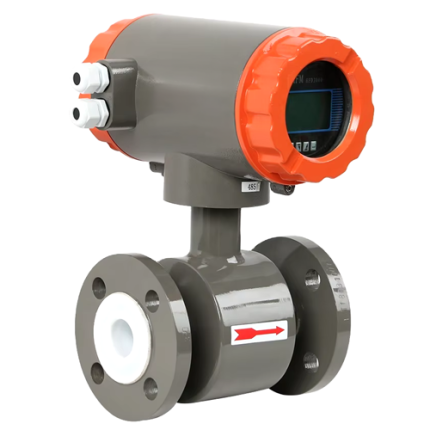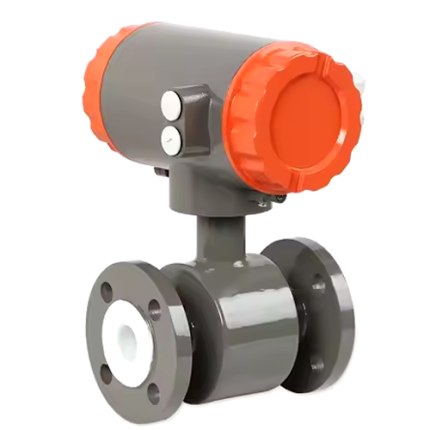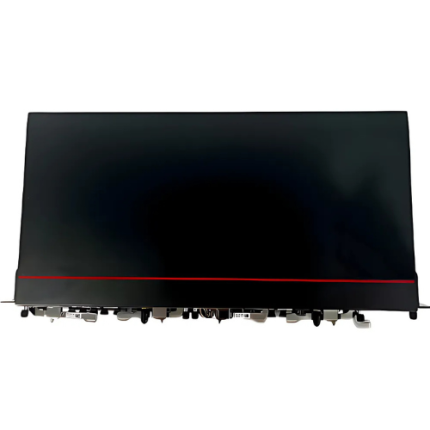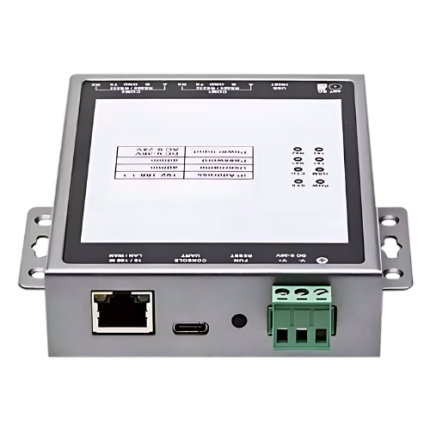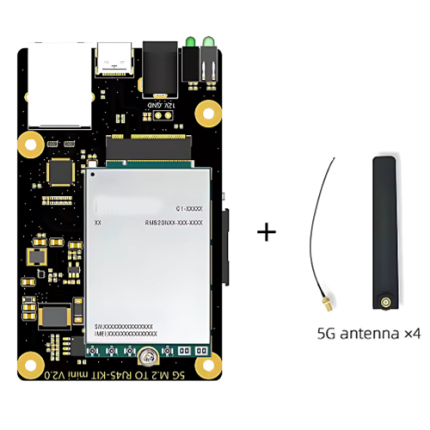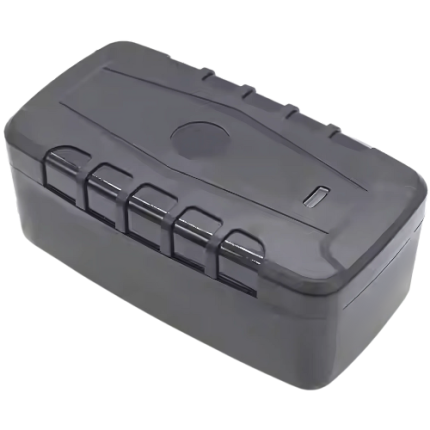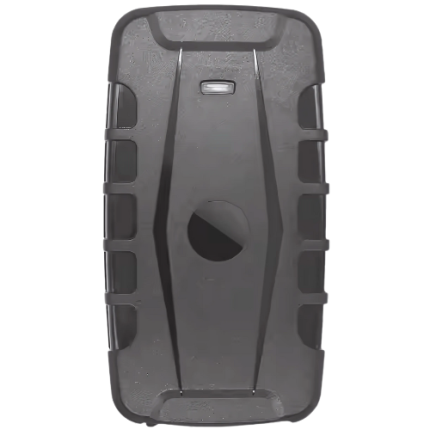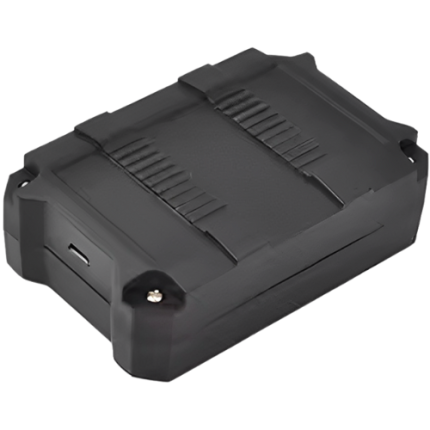Overview
Incorporating both NB-IoT (Narrowband Internet of Things) and GPS IoT technologies enhances connectivity and location tracking in a wide range of applications. NB-IoT, a low-power, wide-area network technology, supports efficient and secure data transfer for remote devices, while GPS IoT adds precise geolocation capabilities. When combined, these technologies power intelligent solutions, especially where stable communication and accurate positioning are essential, such as in smart cities, fleet management, and environmental monitoring. This synergy opens up innovative opportunities across diverse industries to streamline operations and improve data-driven decision-making.
Introduction to NB-IoT and GPS IoT Integration
The convergence of NB-IoT and GPS IoT is revolutionizing how businesses and institutions leverage data for asset tracking, remote monitoring, and enhanced operational control. NB-IoT, an advanced LPWAN (Low-Power Wide-Area Network), uses cellular networks to support low-power, long-range IoT communication, especially suited to devices needing sporadic or low-bandwidth data transmissions. GPS IoT, on the other hand, utilizes satellite-based positioning systems to determine exact locations. This powerful combination brings reliable connectivity and pinpoint accuracy to various IoT applications, making it possible for enterprises to deploy data-driven strategies effectively and cost-efficiently across vast networks.
Working Principles of NB-IoT, GPS IoT, and Their Combined Use
NB-IoT Technology
NB-IoT operates on licensed cellular bands and supports low-power devices across broad geographic regions, ideal for sensor-heavy applications that require periodic data transfer rather than constant streaming. It achieves this through narrowband modulation, a technique that transmits data over a smaller frequency, thereby extending range and reducing energy consumption. Operating independently from traditional cellular networks, NB-IoT can achieve robust indoor coverage and connect millions of devices simultaneously, making it highly suitable for the expansive needs of IoT.
GPS IoT Technology
GPS IoT technology provides accurate geolocation data through a network of satellites that transmit signals to IoT devices on Earth. Each GPS IoT device calculates its position by triangulating its distance from multiple satellites. This system is highly reliable and accurate, with minimal latency, making it a trusted solution for industries where precise tracking and navigation are critical. GPS IoT is versatile, as it can operate globally and is compatible with various IoT applications, including asset tracking, fleet management, and environmental monitoring.
Combining NB-IoT and GPS IoT
The integration of NB-IoT with GPS IoT creates a comprehensive system capable of both location tracking and efficient data transmission over long distances with minimal power consumption. This synergy enables devices to report both real-time location and other relevant data through NB-IoT networks, ideal for low-bandwidth, sporadic communication needs. For example, in fleet management, NB-IoT enables communication between devices, and GPS provides location, allowing operators to monitor vehicle locations and receive status updates in real-time. By using both technologies, businesses can achieve scalable, low-cost, and energy-efficient solutions.
Benefits of Combining NB-IoT and GPS IoT Technologies
- Enhanced Connectivity and Coverage: NB-IoT extends coverage into remote and challenging locations, such as underground areas, while GPS enables precise outdoor tracking.
- Energy Efficiency: NB-IoT’s low power requirements make it ideal for battery-operated GPS devices, extending device lifespan and reducing maintenance costs.
- Scalability: This integration supports millions of devices within a single network, essential for large-scale applications like smart cities and logistics hubs.
- Cost Savings: Combining GPS IoT with NB-IoT networks is more affordable than relying on conventional cellular networks, reducing overall costs and expanding IoT accessibility.
- Improved Security: NB-IoT, operating on licensed cellular networks, ensures a secure and private connection, safeguarding sensitive GPS data from unauthorized access.
Applications of Combining NB-IoT and GPS IoT Technologies
- Fleet and Asset Tracking
Integrating GPS IoT with NB-IoT allows real-time vehicle and asset tracking across vast distances with minimal energy use. In logistics, this setup enables fleet managers to track vehicle positions, optimize routes, and reduce fuel costs, enhancing both efficiency and sustainability.
- Smart City Infrastructure
In smart cities, NB-IoT enables sensors to monitor environmental data, traffic conditions, and infrastructure health, while GPS helps track public transit and emergency response vehicles. This integration provides a real-time view of urban systems, facilitating faster decision-making and efficient resource management.
- Agriculture and Livestock Monitoring
For agriculture, GPS-enabled devices track livestock movements, while NB-IoT collects data on soil moisture, weather, and crop health. This data helps optimize resources, prevent livestock loss, and improve yield, creating a sustainable agricultural ecosystem.
- Environmental Monitoring
NB-IoT sensors can monitor water quality, air pollution, and temperature, with GPS providing precise locations for data collection. This combination supports real-time environmental data monitoring, crucial for both governmental and commercial environmental management.
- Public Safety and Emergency Response
Integrating NB-IoT and GPS IoT allows for the tracking of emergency vehicles and first responders. In crisis situations, this technology helps coordinate response efforts, optimize routes, and provide real-time updates to command centers.
- Construction Site Management
Construction companies use GPS and NB-IoT to track heavy equipment locations and operational statuses, reducing theft risks, ensuring optimal equipment use, and improving project efficiency.
- Healthcare and Elderly Care
Wearable devices combining GPS and NB-IoT help monitor patients’ locations and vital signs, particularly beneficial for elderly or vulnerable individuals, allowing caregivers and health professionals to provide timely assistance.
- Smart Metering and Utilities
Smart meters equipped with NB-IoT can report usage data and GPS location, helping utility companies manage resources efficiently. This integration also supports remote monitoring of utility assets in hard-to-reach locations.
- Supply Chain Management
By combining GPS with NB-IoT, companies track shipments from warehouse to destination in real-time. This ensures product integrity, reduces loss, and enhances inventory management by providing location-based data updates.
- Geofencing for Security Applications
GPS-enabled devices connected via NB-IoT allow for the establishment of virtual boundaries. If a tracked object or individual moves beyond a specified range, alerts are triggered, making it ideal for asset security, wildlife tracking, or restricted access monitoring.
GAO Case Studies
United States
- Logistics Fleet Optimization – Atlanta, Georgia
GAO Tek collaborated with a logistics company to integrate NB-IoT and GPS in their fleet, improving route efficiency and fuel savings through real-time tracking and data analytics.
- Public Safety and EMS Tracking – Los Angeles, California
We assisted an emergency response team in Los Angeles by implementing GPS and NB-IoT devices in vehicles, enhancing location accuracy and response time for first responders.
- Environmental Monitoring for Coastal Management – Miami, Florida
GAO Tek supported a coastal conservation initiative with NB-IoT sensors and GPS IoT technology, enabling real-time monitoring of water quality and pollution levels.
- Smart Agriculture Development – Des Moines, Iowa
In Iowa, GAO Tek deployed GPS and NB-IoT-enabled sensors to monitor crop health and livestock movements, assisting farmers in maximizing productivity and efficiency.
- Smart City Traffic Management – Chicago, Illinois
Working with city planners in Chicago, GAO Tek implemented NB-IoT and GPS-based systems to monitor and manage urban traffic, reducing congestion and emissions.
Canada
- Remote Infrastructure Monitoring – Vancouver, British Columbia
In Vancouver, GAO Tek deployed NB-IoT and GPS-based sensors on critical infrastructure, enabling authorities to monitor structural health and environmental impact remotely.
How GAO Tek Can Help
With headquarters in New York City and Toronto, GAO Tek Inc. is one of the world’s leading suppliers of advanced IoT solutions, providing innovative, quality-assured technologies to support industries in maximizing connectivity and tracking efficiency.
Navigation Menu for NB-IoT:
Here are NB-IoT End Devices offered by GAO:
10 Inch Electromagnetic Flow Meter with NB-IoT Technology – GAOTek
2400W Co-BBP Unit for UMTS/LTE/NB-IoT Networks – GAOTek
4G Dual Frequency GPS Tracker with BLE 5.2 Waterproof 1000 mAH – GAOTek
4G M2M IoT Gateway with RS485, Ethernet and Modbus Data Logging – GAOTek
4G-LTE GPS Tracker IoT Gateway with High Temp PC IP 68 Rating – GAOTek
5G IoT Module for Enhanced Connectivity and Location Tracking – GAOTek
Navigation Menu for GPS IoT:
Here are GPS IoT Trackers/Devices offered by GAO:
2G GPS Tracker with Voice Guidance for Accurate Tracking – GAOTek
4G GPS Tracker with Long Battery Life – GAOTek
4G GPS Tracker with Multi Mode Connectivity for Logistics – GAOTek
4G GPS Tracker with Real Time Tracking for Automotive – GAOTek
4G GPS Tracker with Real Time Tracking for Vehicles – GAOTek
4G GPS Tracker with Strong Magnet – GAOTek
Navigation Menu for IoT
- LORAWAN
- ZIGBEE
- Wi-Fi HaLow
- Z-WAVE
- BLE & RFID
- NB-IOT
- CELLULAR IOT
- GPS IOT
- IOT SENSORS
- EDGE COMPUTING
- IOT SYSTEMS
Our products are in stock and can be shipped anywhere in the continental U.S. or Canada from our local warehouse. For any further information, please fill out this form or email us.

